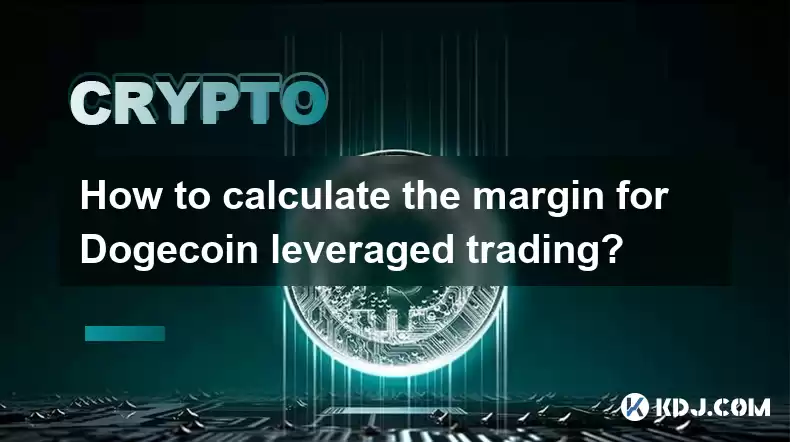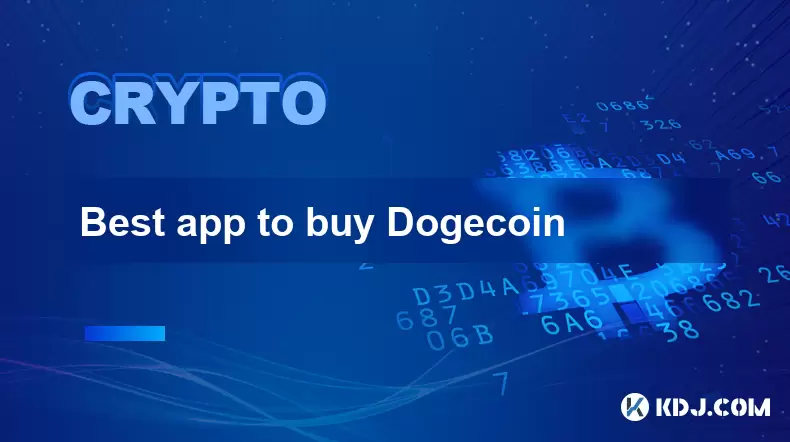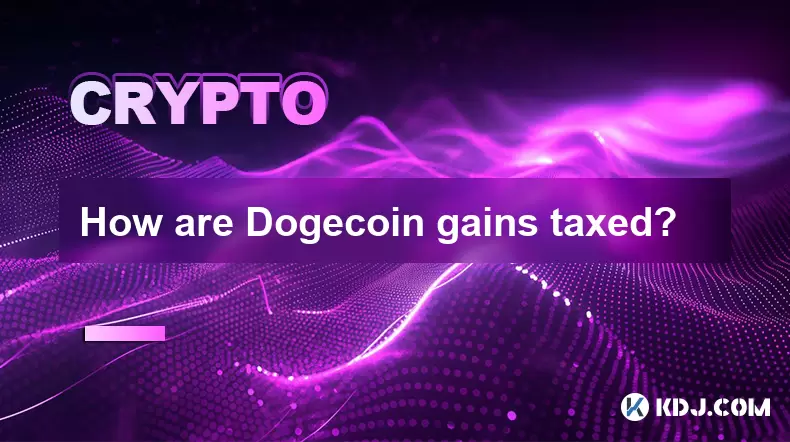-
 Bitcoin
Bitcoin $112400
-1.07% -
 Ethereum
Ethereum $3409
-3.27% -
 XRP
XRP $2.784
-6.60% -
 Tether USDt
Tether USDt $0.9997
-0.03% -
 BNB
BNB $739.3
-2.09% -
 Solana
Solana $158.0
-2.90% -
 USDC
USDC $0.9998
-0.02% -
 TRON
TRON $0.3213
-0.94% -
 Dogecoin
Dogecoin $0.1929
-5.01% -
 Cardano
Cardano $0.6974
-2.82% -
 Hyperliquid
Hyperliquid $36.69
-2.31% -
 Sui
Sui $3.327
-4.80% -
 Stellar
Stellar $0.3672
-5.18% -
 Chainlink
Chainlink $15.65
-3.07% -
 Bitcoin Cash
Bitcoin Cash $525.0
-1.68% -
 Hedera
Hedera $0.2291
-6.00% -
 Avalanche
Avalanche $20.91
-2.96% -
 Ethena USDe
Ethena USDe $1.000
0.00% -
 Toncoin
Toncoin $3.520
-1.12% -
 UNUS SED LEO
UNUS SED LEO $8.968
0.14% -
 Litecoin
Litecoin $105.7
0.26% -
 Shiba Inu
Shiba Inu $0.00001181
-1.79% -
 Polkadot
Polkadot $3.492
-2.08% -
 Uniswap
Uniswap $8.800
-3.10% -
 Dai
Dai $0.9999
-0.01% -
 Monero
Monero $289.9
-3.17% -
 Bitget Token
Bitget Token $4.243
-1.27% -
 Pepe
Pepe $0.00001006
-3.67% -
 Cronos
Cronos $0.1248
-5.68% -
 Aave
Aave $249.7
-2.50%
How to calculate the margin for Dogecoin leveraged trading?
Dogecoin leveraged trading amplifies profits but also losses; understanding margin calculations, influenced by leverage, exchange policies, and volatility, is crucial to avoid liquidation.
Mar 12, 2025 at 03:25 pm

Key Points:
- Understanding Leverage and Margin in Crypto Trading
- Calculating Margin Requirements for Dogecoin Leveraged Trading
- Factors Influencing Margin Requirements
- Different Margin Calculation Methods
- Risk Management in Leveraged Dogecoin Trading
How to Calculate the Margin for Dogecoin Leveraged Trading?
Leveraged trading in cryptocurrencies, including Dogecoin (DOGE), allows traders to amplify their potential profits (and losses) by borrowing funds from an exchange. Understanding how margin is calculated is crucial to avoid liquidation. Margin is the amount of capital you need to maintain a leveraged position. The calculation isn't a simple formula but depends on several interacting factors.
Understanding Leverage and Margin:
Leverage is expressed as a ratio, such as 2x, 5x, or even 10x. A 5x leverage means you control five times the value of your initial capital. The margin is the portion of your capital that you commit as collateral to secure the borrowed funds. If the value of your position falls below a certain threshold (the maintenance margin), the exchange may liquidate your position to recover its losses.
Calculating Margin Requirements:
The exact calculation depends on the exchange's specific policies and the leverage level you choose. However, the basic principle involves determining the total position value and then calculating the required margin based on the leverage ratio.
- Step 1: Determine the Trade Size: Decide how many DOGE you want to buy or sell. Let's say you want to buy 10,000 DOGE.
- Step 2: Find the Current Price: Obtain the current market price of DOGE. Let's assume it's $0.10.
- Step 3: Calculate the Total Position Value: Multiply the number of DOGE by the price. In this example: 10,000 DOGE x $0.10/DOGE = $1000.
- Step 4: Determine the Leverage: Choose your leverage ratio. Let's use 5x leverage.
- Step 5: Calculate the Margin Requirement: Divide the total position value by the leverage ratio. In this case: $1000 / 5 = $200. This is your initial margin requirement.
Factors Influencing Margin Requirements:
Several factors can influence your margin requirements beyond the basic calculation:
- Exchange Policies: Different exchanges have different margin requirements and leverage limits. Some might impose higher margin requirements for volatile assets like DOGE.
- Volatility: Higher volatility in DOGE's price increases the risk of liquidation, leading to higher margin requirements. Exchanges adjust margin requirements dynamically based on market conditions.
- Maintenance Margin: This is the minimum margin level you must maintain to keep your position open. If your margin falls below the maintenance margin, you risk liquidation.
- Funding Fees: Some exchanges charge funding fees for holding leveraged positions, further impacting your overall margin.
Different Margin Calculation Methods:
While the example above outlines a simplified calculation, exchanges may use more complex methods:
- Cross Margin: This allows you to use the same margin for multiple positions. If one position gains, it can offset losses in another.
- Isolated Margin: This allocates a specific margin amount to each individual position. Losses on one position don't affect others. This offers better risk isolation but may require more total capital.
Risk Management in Leveraged Dogecoin Trading:
Leveraged trading significantly magnifies both profits and losses. Effective risk management is crucial:
- Start Small: Begin with small trades to test your strategy and understand the risks involved.
- Set Stop-Loss Orders: These orders automatically close your position when the price reaches a predetermined level, limiting potential losses.
- Monitor Your Positions: Regularly check your margin levels and adjust your positions as needed.
- Understand Liquidation: Know the exchange's liquidation policies and how they impact your funds.
- Diversify: Don't put all your eggs in one basket. Diversify your portfolio across different assets to mitigate risk.
Frequently Asked Questions:
Q: What happens if my margin falls below the maintenance margin?
A: Your position will be at risk of liquidation. The exchange will automatically close your position to recover the borrowed funds. You may lose a significant portion of your initial investment.
Q: Can I increase my leverage to increase my potential profits?
A: While higher leverage amplifies potential profits, it also significantly increases the risk of liquidation. It's crucial to carefully assess your risk tolerance before increasing leverage.
Q: How do I choose the right leverage for Dogecoin trading?
A: The appropriate leverage depends on your risk tolerance, trading strategy, and market conditions. Start with lower leverage and gradually increase it as you gain experience and confidence.
Q: Are there any fees associated with leveraged Dogecoin trading?
A: Yes, exchanges often charge funding fees for holding leveraged positions. These fees can eat into your profits, especially over extended periods. Some exchanges may also charge commissions on trades.
Q: What is the difference between isolated and cross margin?
A: Isolated margin allocates a specific margin to each position, protecting other positions from losses on a single trade. Cross margin uses the same margin across multiple positions, potentially increasing profits or losses depending on the performance of all positions. Choosing between them depends on your risk management strategy.
Disclaimer:info@kdj.com
The information provided is not trading advice. kdj.com does not assume any responsibility for any investments made based on the information provided in this article. Cryptocurrencies are highly volatile and it is highly recommended that you invest with caution after thorough research!
If you believe that the content used on this website infringes your copyright, please contact us immediately (info@kdj.com) and we will delete it promptly.
- BlockDAG, SEI, Ethena: Top Crypto Performers Under the Microscope
- 2025-08-03 10:50:16
- Bitcoin Blasts Past $119K: How Institutional Adoption and Macro Shifts Fuel the Fire
- 2025-08-03 10:55:16
- Crypto, Grok, and August: Decoding the Latest Trends and Insights
- 2025-08-03 11:10:16
- Crypto, Phishing, and Your Wallet: A New Yorker's Guide to Staying Safe
- 2025-08-03 10:30:16
- Troller Cat Meme Coin Presale Soars: A New King in the Crypto Jungle?
- 2025-08-03 10:30:16
- Grayscale, Altcoin Trust, and Mid-Cap Mania: What's the Deal?
- 2025-08-03 08:50:16
Related knowledge

Bitcoincoin burning mechanism
Jul 20,2025 at 09:21pm
What is the Dogecoin burning mechanism?The Dogecoin burning mechanism refers to the process of permanently removing DOGE tokens from circulation by se...

How to earn free Bitcoincoin?
Jul 19,2025 at 10:08pm
What is Dogecoin and Why Earn It?Dogecoin (DOGE) started as a meme-based cryptocurrency in 2013 but has grown into a widely recognized digital asset. ...

Is Coinbase a good wallet for Bitcoincoin?
Jul 19,2025 at 04:42pm
Understanding Coinbase as a Wallet Option for DogecoinWhen considering where to store Dogecoin, Coinbase is often mentioned as a potential option due ...

How to buy Bitcoincoin with PayPal?
Jul 23,2025 at 06:57am
Understanding the Basics of Buying DogecoinBefore diving into the process of buying Dogecoin with PayPal, it’s essential to understand what Dogecoin i...

Best app to buy Dogecoin
Jul 23,2025 at 03:08pm
What Is a Cryptocurrency Exchange and How Does It Work?A cryptocurrency exchange is a digital marketplace where users can buy, sell, or trade cryptocu...

How are Dogecoin gains taxed?
Jul 25,2025 at 07:01am
Understanding the Taxation of Dogecoin GainsWhen it comes to Dogecoin (DOGE), many investors are drawn to its meme-inspired branding and volatile pric...

Bitcoincoin burning mechanism
Jul 20,2025 at 09:21pm
What is the Dogecoin burning mechanism?The Dogecoin burning mechanism refers to the process of permanently removing DOGE tokens from circulation by se...

How to earn free Bitcoincoin?
Jul 19,2025 at 10:08pm
What is Dogecoin and Why Earn It?Dogecoin (DOGE) started as a meme-based cryptocurrency in 2013 but has grown into a widely recognized digital asset. ...

Is Coinbase a good wallet for Bitcoincoin?
Jul 19,2025 at 04:42pm
Understanding Coinbase as a Wallet Option for DogecoinWhen considering where to store Dogecoin, Coinbase is often mentioned as a potential option due ...

How to buy Bitcoincoin with PayPal?
Jul 23,2025 at 06:57am
Understanding the Basics of Buying DogecoinBefore diving into the process of buying Dogecoin with PayPal, it’s essential to understand what Dogecoin i...

Best app to buy Dogecoin
Jul 23,2025 at 03:08pm
What Is a Cryptocurrency Exchange and How Does It Work?A cryptocurrency exchange is a digital marketplace where users can buy, sell, or trade cryptocu...

How are Dogecoin gains taxed?
Jul 25,2025 at 07:01am
Understanding the Taxation of Dogecoin GainsWhen it comes to Dogecoin (DOGE), many investors are drawn to its meme-inspired branding and volatile pric...
See all articles

























































































